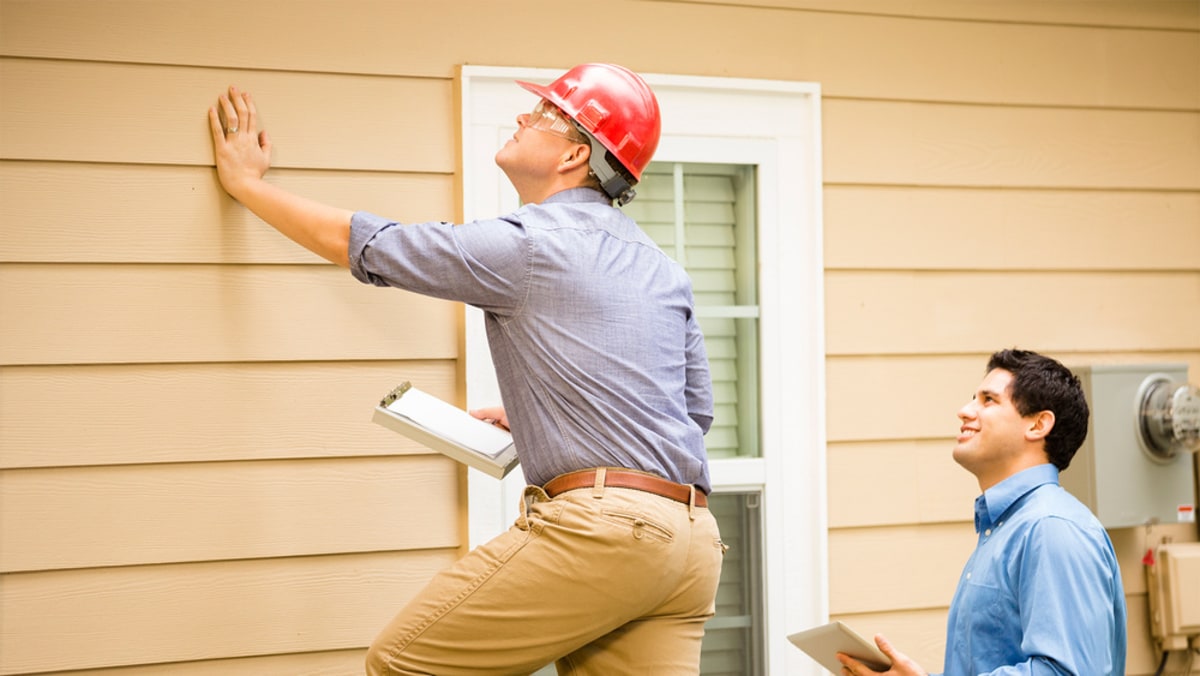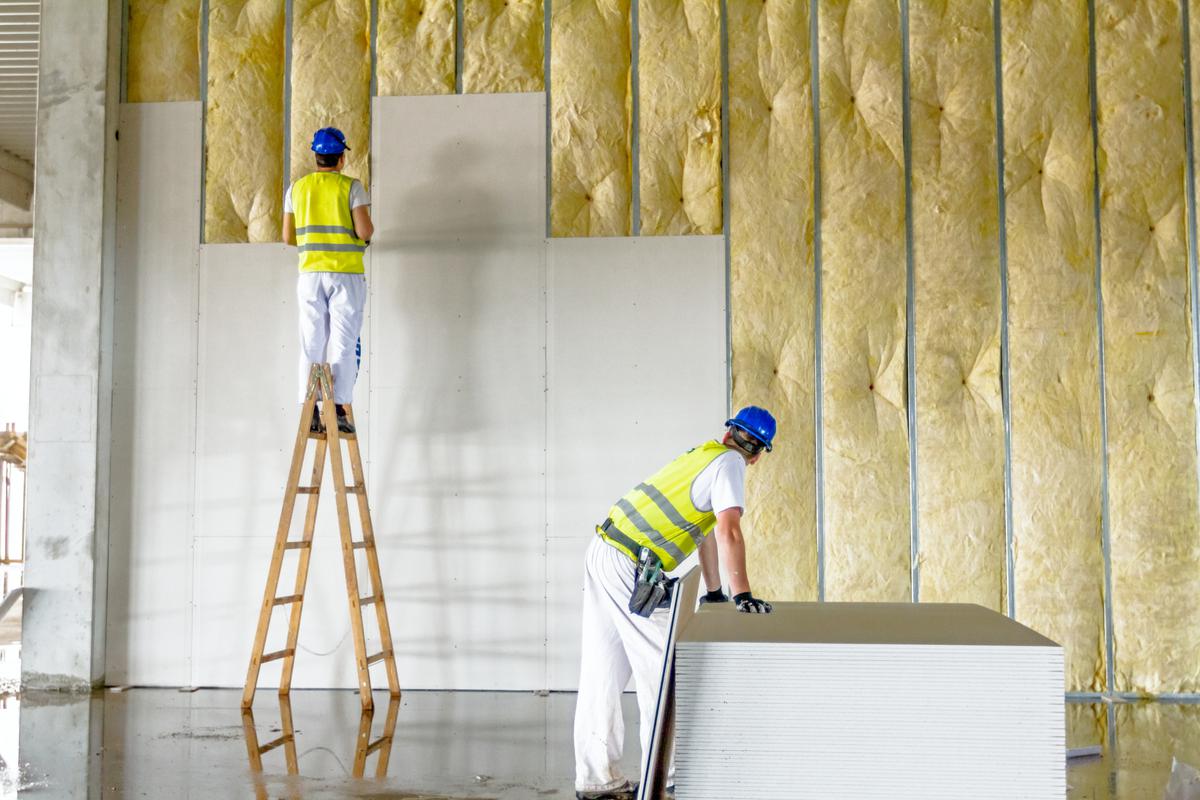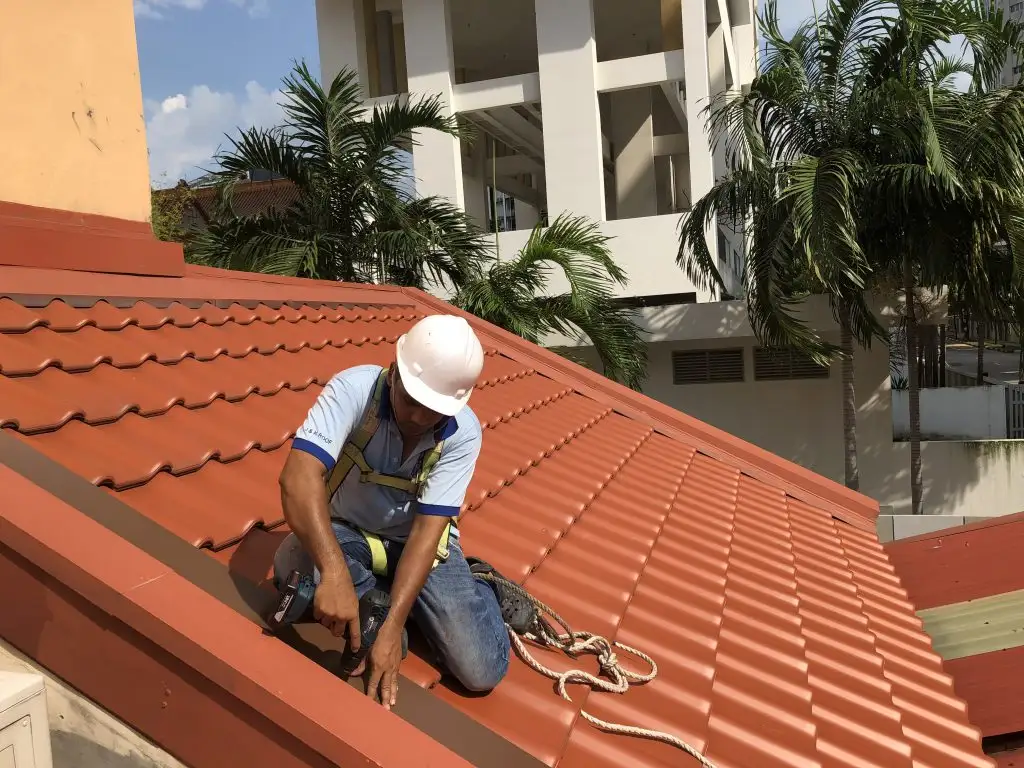What Your Home Inspector Looks At (And What He Doesn’t)

A home inspection is one of the most important steps in the home-buying process. It gives you a clear picture of the property’s condition and can help you avoid costly surprises down the road. But while home inspectors are thorough, their job has limits. Understanding what your home inspector looks at—and what they don’t—can help you set the right expectations and ensure that you’re fully informed when making decisions about the home you’re considering.
Table of Contents
What Your Home Inspector Looks At
A professional home inspector will examine the major components of a house to assess its overall condition. This includes everything from the foundation to the roof, along with many of the systems in between.
Here’s a breakdown of what’s typically covered in a standard home inspection:
1. Structural Components
The inspector will examine the home’s foundation, walls, floors, ceilings, and roof structure. They’ll look for any signs of cracks, shifting, or other structural damage that could indicate larger problems. In areas like Memphis, where shifting soil can affect foundations, this is a critical part of the inspection.
2. Roof
The roof is a vital part of protecting a home from the elements, so your inspector will check its condition closely. They’ll look for missing or damaged shingles, signs of water damage, and the overall integrity of the roofing materials. If the roof is old or in poor condition, they may recommend repairs or a replacement.
3. Plumbing System
Your inspector will check the home’s plumbing system, including visible pipes, fixtures, water heaters, and drainage. They’ll be on the lookout for leaks, signs of corrosion, low water pressure, or improperly installed plumbing that could lead to future problems.
4. Electrical System
The electrical system is another crucial area of focus. The inspector will examine the electrical panel, wiring, outlets, and fixtures to ensure everything is safe and up to code. Outdated or faulty wiring can be a safety hazard, so any issues in this area will be flagged for repair.
5. Heating, Ventilation, and Air Conditioning (HVAC)
The inspector will assess the HVAC system to ensure it’s functioning properly. They’ll check the furnace, air conditioning unit, ductwork, and filters. Since heating and cooling are major factors in a home’s comfort and energy efficiency, this is an important part of the inspection.
6. Attic and Insulation
Inspectors will also check the attic for proper insulation and ventilation, which are key to maintaining a comfortable indoor temperature and preventing issues like moisture buildup or ice dams in colder climates.
7. Windows and Doors
The condition of the windows and doors will be assessed, including their functionality and how well they seal. Drafty windows or improperly installed doors can affect energy efficiency and lead to higher utility bills.
8. Exterior and Grounds
The inspector will take a look at the home’s exterior, including the siding, porches, decks, and any outdoor structures. They’ll also assess the grading of the property to make sure water is draining away from the foundation, which helps prevent flooding and water damage.
What Your Home Inspector Doesn’t Look At
While home inspectors cover a lot of ground, there are limits to what they can do. Here are some things that are typically outside the scope of a standard home inspection:
1. Cosmetic Issues
Home inspectors aren’t there to assess the aesthetics of the property. Scratched floors, peeling paint, or outdated fixtures won’t be included in the inspection report unless they point to a more significant problem (like water damage or mold behind the walls).
2. Inside Walls, Floors, and Ceilings
Inspectors can only examine what is visible and accessible. They won’t cut into walls, ceilings, or floors to inspect areas hidden behind drywall. If they suspect there’s an issue, like hidden mold or wiring problems, they may recommend a more specialized inspection.
3. Swimming Pools and Hot Tubs
If the home has a pool or hot tub, these will need a separate inspection. A pool specialist can check the condition of the equipment, plumbing, and safety features.
Additional Inspections You May Need
Depending on the age and condition of the home, or specific concerns you have, you may need additional inspections that go beyond the standard scope. Some examples include:
- Termite Inspection: to check for wood-destroying insects
- Mold Testing: if there’s a suspicion of moisture problems
- Radon Testing: to detect this odorless, radioactive gas
- Sewer Line Inspection: to check for blockages or damage
The Bottom Line
A home inspection is an invaluable tool in the home-buying process, but it’s important to understand its limitations. Your inspector will provide a thorough overview of the property’s condition, focusing on the major systems and structural components, but there are some things they simply can’t see or don’t cover.
By knowing what your home inspector will—and won’t—look at, you can go into the process with realistic expectations and be prepared to follow up with specialists if needed. In the end, the information you gain from the inspection will help you make an informed decision and give you peace of mind as you move forward with your new home.





